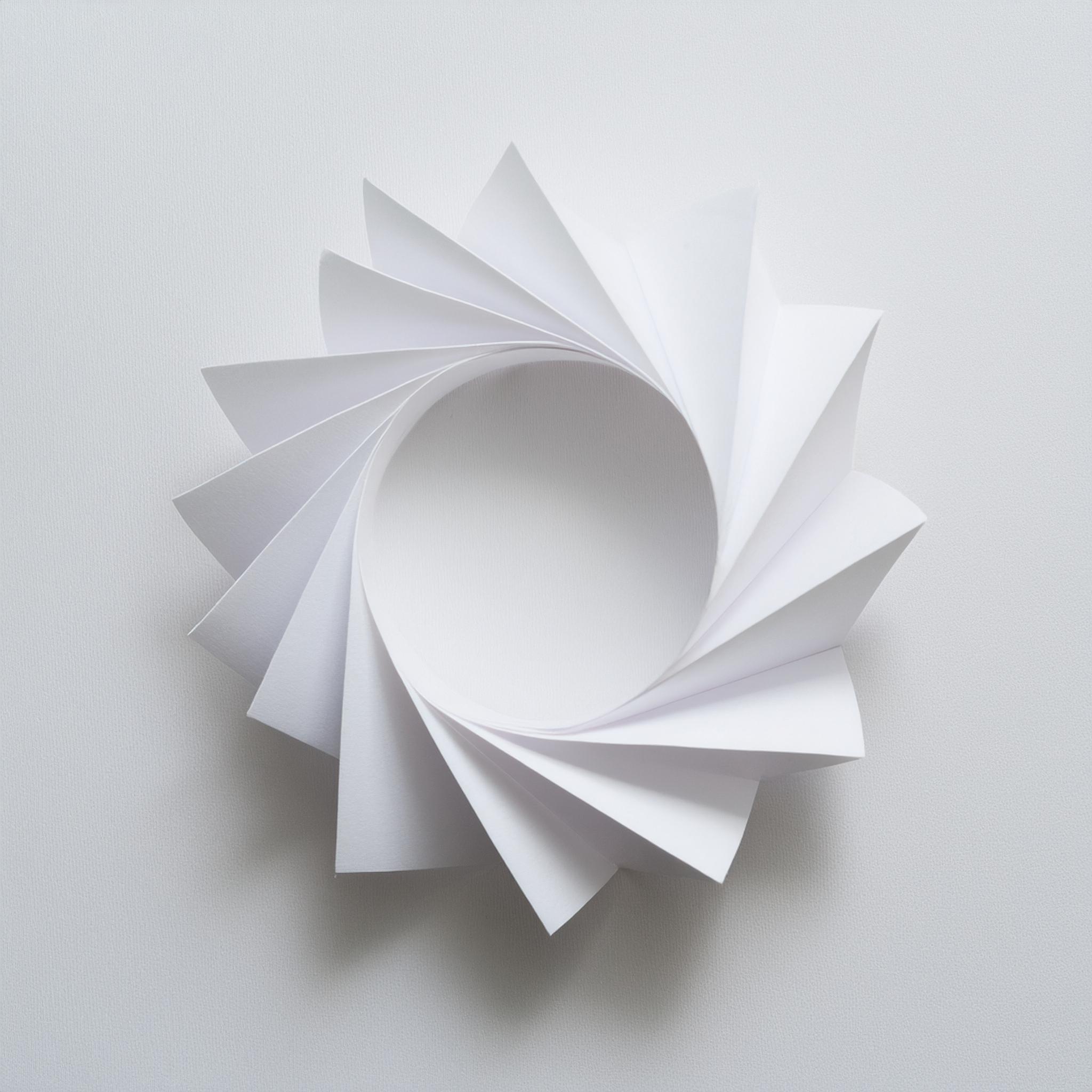
The term “circulation” is often used in a rather unspecific way throughout different disciplines as Stefanie Gänger has shown and critiqued for the case of Global History (2017). Gänger explains this unspecific and cross-disciplinary use with the wide semantic range that the term has received in the fields of physiology, economics, and astronomy: on the one hand, it evokes the notion of an unbounded movement, as in the example of blood circulation; on the other, it creates an idea of wholeness and unity, similar to the planetary cycle, and the image of a self-evident process that is independent from concrete actors. In general terms, we understand circulation as a dynamic of recursive movements in space and time that keeps “literature” moving at a constant or changing speed in more or less stable spatial structures.

When we speak of “Temporal Communities” and “Competing Communities” (the titles, respectively, of Freie Universität’s Cluster of Excellence and its Research Area 1), what do we mean by “community”? This terminology advances a methodological claim. Abstractly put, to study “community” according to the praxis-centred model proposed by the Cluster means to tap into the historical reflexivity of temporal communities. It means to ask if and how specific literary collectives thought and wrote about themselves as communities. It means to reconstruct how they conceived of their collectivity, how they imagined a sense of cohesion for themselves, and how they kept doing so over time, developing competing identities and serialised intelligibilities (rather than expressing a unified communal essence). Communities are dependent on praxis—a dimension of their existence that needs to be studied for each case anew, before offering a definition on one’s own terms, but also without relinquishing the possibility of a generalising perspective as it emerges from a dialogue of historical-praxeological projects. In fact, the projective integration of bottom-up approaches may be a particularly appropriate method for the study of literary communities, because it acknowledges that the term “community” is itself a literary one: a term inflected by stories, fantasies, and all kinds of mental constructs.

Taking its cue from the notion that “competition” as a concept continues to be at the centre of vigorous debate within political and social theory, this curated collection introduces “competition” as essential to literary community-building. It suggests considering “competition” as a fruitful tool that helps analyse the performative habits of literary communities—conceptualised as ‘networked structures’, as connections that are being established all the time as having an interest in their own existence and persistence—and their ideas and practices of globality. “Competition” thus emerges as an extended and transtemporal concept that is not only tethered to but also highly mediated by notions of “community” and “communication”.

Given that the process of “building digital communities”, as the central concern of Research Area 5, requires conscious engagement with data models and the transformation of information into “data” (cf. data as “capta”) and that the EXC 2020 Temporal Communities core concept of “temporal communities” itself implies rigorous modelling operations, this curated collection examines the role of modelling in humanities research, particularly in literary studies and digital humanities. The contributions critically reflect on the affordances of models, their functions, implications, and limitations in capturing information, heuristics, analysis, criticism, and presentation. In doing so, they revisit the conceptual framework for modelling as a critical practice and explore the workings of models beyond representational claims.

This curated collection examines “data” through the lens of digital humanities and literary studies, exploring its multifaceted definitions and implications. Contemporary understandings of data vary widely across fields, from science to philosophy. Contributors to this collection critically evaluate the complex relationship between data and information, and how digital formats influence data interpretation, addressing key questions around data preparation, interpretation, provenance, and neutrality.

Narratological models of narrative framing and embedding have mostly been established through the study of novelistic print literature from the Modern West. Challenging the narratological focus on novelistic print literature and an exclusive focus on Western literary traditions, ‘Framing Narratives’ aims to discuss and establish alternative, comprehensive concepts of narrative framing from various cultural and historical perspectives. The primary questions that inspire our collaboration are how to articulate and how to define the narrative and textual boundaries of and within works.

This curated collection examines the evolving study of “value” in literature, noting its multidimensional nature and growing scholarly interest. It highlights the challenges of defining value and explores its diverse dimensions: entities, criteria, concepts, sites, and actors. The project invites further insights to deepen understanding across temporal contexts.


